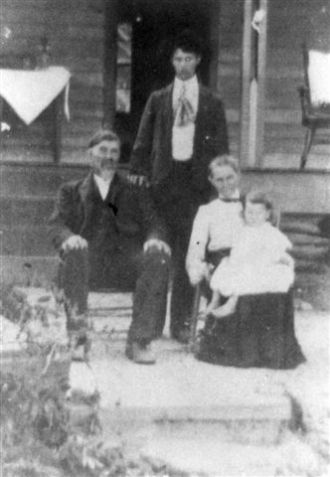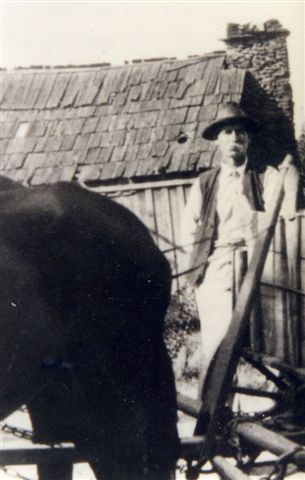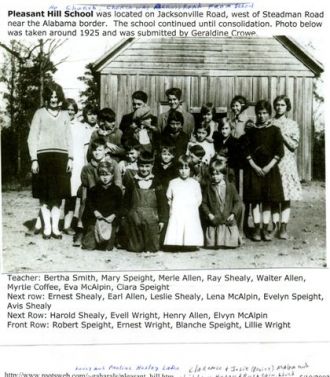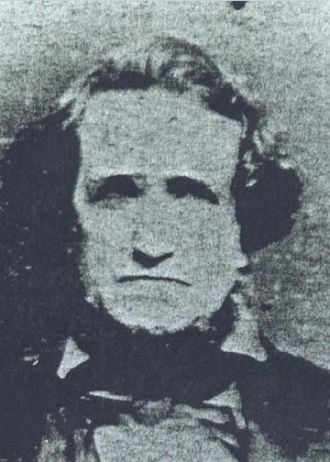Mcalpin Family History & Genealogy
Mcalpin Last Name History & Origin
AddHistory
We don't have any information on the history of the Mcalpin name. Have information to share?
Name Origin
We don't have any information on the origins of the Mcalpin name. Have information to share?
Spellings & Pronunciations
We don't have any alternate spellings or pronunciation information on the Mcalpin name. Have information to share?
Nationality & Ethnicity
We don't have any information on the nationality / ethnicity of the Mcalpin name. Have information to share?
Famous People named Mcalpin
Are there famous people from the Mcalpin family? Share their story.
Early Mcalpins
These are the earliest records we have of the Mcalpin family.






Mcalpin Family Photos
Discover Mcalpin family photos shared by the community. These photos contain people and places related to the Mcalpin last name.






Mcalpin Family Tree
Discover the most common names, oldest records and life expectancy of people with the last name Mcalpin.
Updated Mcalpin Biographies
Popular Mcalpin Biographies










Mcalpin Death Records & Life Expectancy
The average age of a Mcalpin family member is 72.0 years old according to our database of 1,171 people with the last name Mcalpin that have a birth and death date listed.
Life Expectancy
Oldest Mcalpins
These are the longest-lived members of the Mcalpin family on AncientFaces.
Other Mcalpin Records
Share memories about your Mcalpin family
Leave comments and ask questions related to the Mcalpin family.
 Morgan Mcalpin
Morgan Mcalpin Followers & Sources




Born in Scotland in 1777, Henry McAlpin emigrated to the United States in 1804 at the age of 27. Arriving at the port of Charleston, South Carolina, McAlpin made his way to Savannah by 1812. He was described at the time as a man of ruddy countenance with straight forward blue eyes and a strong chin.
McAlpin married Helen McGinnis, a native Charlestonian. Together they had eight children, but only seven survived. When Helen died prematurely at the age of 31, the children were separated. The boys remained with their father in Savannah, but the girls were sent to Charleston to live with relatives.
Ambitious to establish himself as a businessman, McAlpin acquired property before he became naturalized. McAlpin's friend, William I. Scott, purchased the Hermitage Plantation for him at a public auction on April 4, 1815. The Hermitage, located on the banks of the Savannah River, was one of several area plantations known as the Savannah River Plantations.
SAVANNAH GREY BRICK
In 1819 McAlpin built a brick manufacturing plant on the Hermitage. The Hermitage became the only plantation in the area to earn the bulk of its revenue from non-agricultural production.
Savannah, in need of building supplies after a devastating fire in 1820, turned to McAlpin for help. The brick plant became a thriving business, supplying thousands of bricks to help rebuild the city.
Much of the brick produced became known as Savannah grey brick. Made from grey clay found on the plantation, the brick -- which is actually a reddish brown color -- was popular because of its low cost of production and its subsequent low selling price.
The Central Georgia Railroad building was built with Savannah grey brick, as was Fort Pulaski. Many of the older homes still standing in Savannah are built with Savannah grey brick. This inexpensive brick, once sold at cut rate prices, now demands a premium.
It was McAlpin's brick manufacturing which created the need for a railway, the first in the United States. In 1820, he needed to move a building from one kiln to another, so he constructed a crude rail system. A car pulled by a horse ran on track connecting the two kilns. After its use, it was disassembled.
Not only did McAlpin run a thriving brick business, but he also owned a foundry and lumber mill. In addition, he owned rice fields on the low-lying areas of his plantation. Of course, to have such an enterprise takes considerable manpower and McAlpin fueled his industry on the backs of slaves.
Not only was the slave trade lucrative for McAlpin, but he utilized it to the utmost. He used his slaves as a means to maintain a positive cash flow. He bought, borrowed and traded using slaves. On several occasions, he secured loans using slaves as collateral.
Yet, by all accounts he wasn't a harsh master, at least by 19th century standards. He would allow older slaves, no longer able to work, to remain on the plantation, and he usually kept slave families intact, rare in the slave business.
At the time of his death in 1851, McAlpin owned 172 slaves valued at $53,490 and 16 house slaves valued at $4,800. McAlpin was buried in a cemetery on the Hermitage Plantation, but was later reburied at the Colonial Cemetery in Savannah.
WHERE ARE THE PLANTATIONS?
Tangible proof of the Southern plantation is often difficult to come by, particularly in Savannah. Some were destroyed by neglect and the ravages of time, and some simply ceased to exist. As the 20th century unfolded, the Savannah River Plantations slowly gave way to modern industry. In 1935, Union Camp purchased the land that was once the Hermitage and built an impressive pulp and paper mill. Mulberry Grove became the site of the Georgia Ports Authority and BASF Corporation. The Tweedside/Colerain Plantation became the site of Savannah Sugar. Kerr-McGee (formerly Kemira) is located on the site of the old Deptford Plantation. And Brampton Plantation became the site of several warehouses. Wormsloe Plantation, 10 miles southeast of the historic district, is the only early plantation in the area unblemished by industry, testimony to another time and different way of life. "